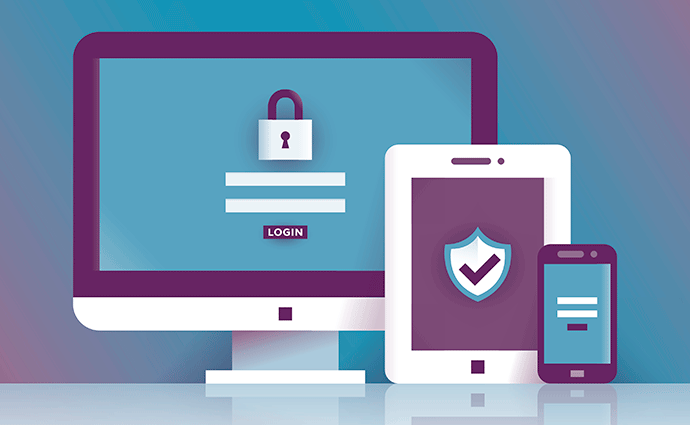Maryland Adds Asynchronous Telehealth to Pandemic Treatment Toolbox
Maryland Gov. Larry Hogan has expanded an emergency declaration that boosts support for telehealth to include asynchronous (store-and-forward) platforms, giving providers a new modality to use during the pandemic.

Source: ThinkStock
- Maryland Gov. Larry Hogan has issued an executive order allowing healthcare providers in the state to use asynchronous telehealth platforms to deal with the Coronavirus pandemic.
“As our state faces new and unprecedented challenges, we need to be adaptive, innovative, and inclusive in our response,” Hogan said in an April 1 press release. “The orders I have issued today help ensure that Marylanders of all ages and abilities can continue receiving essential services throughout this public health crisis.”
(For more coronavirus updates, visit our resource page, updated twice daily by Xtelligent Healthcare Media.)
The announcement amends a March 20 executive order that had expanded the state’s telehealth rules to include audio-only services, thereby permitting care providers to treat patients over the phone. With the new rules in place, a provider can now use store-and-forward telemedicine tools, including online questionnaires and messaging, to treat patients.
The change comes as Maryland reported 325 new cases and 13 deaths due to the COVID-19 virus in one day, bringing the state’s totals as of April 1 to 1,985 confirmed cases and 31 deaths.
Federal officials and those in many states have instituted a wide range of emergency measures to expand telehealth adoption and coverage during the pandemic. Most of the measures have focused on expanded reimbursement, coverage of new modalities and relaxed rules to allow providers to treat patients in new locations, like the home or another state.
Asynchronous telemhealth is slowly gathering steam as a viable alternative to real-time audio-visual telemedicine platforms, particularly in direct-to-consumer telehealth programs that enable providers and patients to log onto the platform at the time and place of their choosing. Several states have moved in recent months to permit the service, though many have either required doctor and patient to meet in person before moving to telehealth or restricted the service to regular patients.
Prior to the onset of the pandemic, Maryland legislators had approved legislation aimed at expanding the definition of telehealth to include asynchronous services. The bill was in response to the Maryland Board of Physicians’ July 2019 ruling that limited telehealth visits with new patients to real-time audio-visual platforms.
